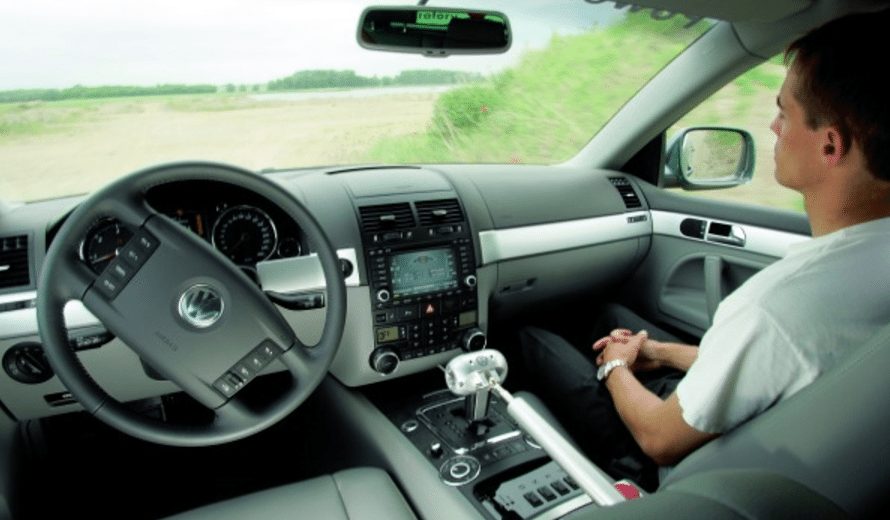Network Virtualization is Like a Driverless Car
How is Network Virtualization like a driverless car?

How is Network Virtualization like a driverless car?
That analogy emerged from a recent discussion on Network Virtualization among BlueCat CTO, Andrew Wertkin, Cerner Principal Architect, Jon Macy, and Stephen Stack, Lead Enterprise Architect at Dell. Buckle up, we’ll get to that in a moment.
Let’s start with a definition. Simply put, Network Virtualization is the ability to simulate a hardware platform in software. Servers, devices, and storage functions are separated from hardware and simulated as “virtual instances”. This makes it easy to manage and scale a network – deploying resources and services as needed, all from a single view of the network.
Network Virtualization is a software-defined network that enables hardware changes on the fly, assigning resources where and when they are needed.
Traditional network connectivity, with its dedicated resources, creates bottlenecks. Network Virtualization lets you provision and configure services to optimize available resources. Allotment is based on changing business needs, not physical connectivity.
Network Virtualization is Like a Driverless Car
Dell’s Stephen Stack proposed the comparison to a driverless car. In a driverless car, the driver (the software) is decoupled from the vehicle (the hardware). Navigating still requires engineering, instructions and intelligence. “Separate the intelligence from the tin,” Stephen said, but warns that Network Virtualization by no means removes network complexities.
Decoupling infrastructure brings three key benefits:
- Portability – the ability to move assets around
- Scalability – agility to instantly meet resource demands
- Cost Efficiency – no longer do you buy one box for one function
“Dell has benefited enormously from Network Virtualization” ~ Stephen Stack, Dell Lead Enterprise Architect
Virtualization allows Dell to support their go-to-market strategy, a contract model that promises immediate delivery of service to its consumers. To keep that promise, virtualization provides the much-improved means to address workload policy requirements and adjust as necessary. Dell keeps up with the velocity of change through virtualization – a dramatic enhancement from manual updates. What once took days, now takes seconds.
Where does Dell feel the biggest impact of Network Virtualization?
In the automation that allows for centrally managed and centrally orchestrated resources. Virtualization addresses the business drivers demanded of every progressive organization:
- Keeping pace with the acceleration of change
- Rapid deployment of resources
- Policy-driven operations
- Explosion of new architecture
Agility and Network Virtualization
As Cloud computing use cases evolve, DNS adopts agile operations, and serverless computing gains popularity, Cerner’s Jon Macy highlighted the need for organizational changes and new skills sets. “It’s no longer box by box, or hop by hop network management.”
“Agility requires interoperability,” says BlueCat’s Andrew Wertkin. “When you design your architecture with Network Virtualization in mind, participate in a virtualized ecosystem oriented to software, you gain competitive advantage. Business demands that we move faster. Wielding infrastructure to meet those demands is smart computing.”






